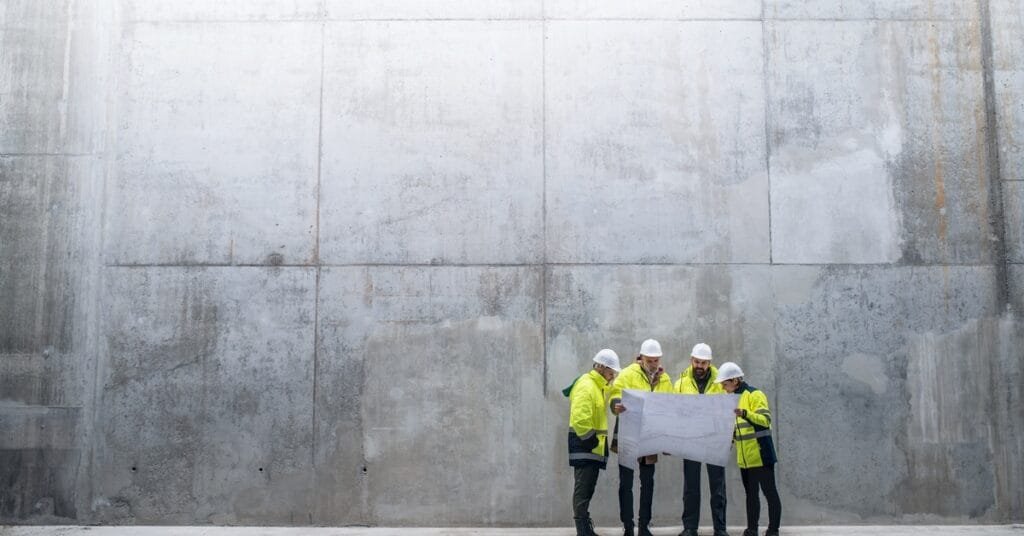Construction sites are dangerous environments where workers face multiple hazards daily. From heavy machinery operations to working at heights, the potential for accidents remains a constant concern for project managers and safety coordinators.
Implementing smart strategies to minimize risks on construction sites requires a comprehensive approach that addresses both human factors and environmental conditions. The good news is that most construction accidents are preventable with proper planning, training, and consistent safety protocols.
Establish Clear Safety Protocols From Day One
Every construction project must begin with a thorough safety assessment and clearly defined protocols. Site managers should conduct comprehensive hazard identification before work begins, mapping out potential danger zones and establishing safe work procedures for each area. This includes creating designated walkways, marking equipment zones, and ensuring all workers understand emergency evacuation routes.
Regular safety briefings help maintain awareness throughout the project timeline. These meetings should address daily hazards, weather conditions, and any changes to the site layout or procedures.
Use Proper Equipment and Personal Protective Gear
Quality safety equipment helps to defend against workplace injuries. Hard hats, safety glasses, steel-toed boots, and high-visibility clothing are all basic forms of personal protective equipment. However, specific tasks may require additional gear such as fall protection harnesses, respiratory protection, or cut-resistant gloves.
Implement regular equipment inspections to ensure that protective gear functions as intended for every project. Damaged or worn equipment can create a false sense of security while increasing risk exposure.
Invest in Training and Workforce Development
Skilled workers are safer workers. Comprehensive training programs should cover both general safety awareness and task-specific hazards. New workers need thorough orientation sessions, while experienced team members benefit from refresher courses and updates on new safety technologies or regulations.
When it comes to specialized construction techniques, following the best practices for deep foundation construction becomes particularly important as these operations involve unique risks such as soil instability, underground utilities, and heavy excavation equipment.
Pay Attention to Environmental and Site-Specific Considerations
Each construction site presents unique challenges that require tailored safety approaches. Weather conditions, soil types, proximity to traffic or occupied buildings, and local regulations all influence safety planning decisions. Smart risk management includes adapting general safety principles to address these specific conditions.
Additionally, well-organized sites with clearly marked areas, proper material storage, and maintained equipment reduce the potential for accidents. Regular site cleanup prevents slip and fall hazards, while proper material handling reduces the risk of other injuries.
Construction companies that consistently prioritize safety typically enjoy better project outcomes, lower insurance costs, and improved worker retention. Implementing these smart strategies to minimize risks on construction sites requires ongoing commitment from workers at all levels. Safety management is not a one-time effort but a continuous process that evolves with each project and incorporates lessons learned from previous experiences.
